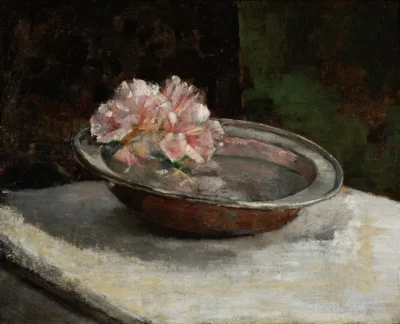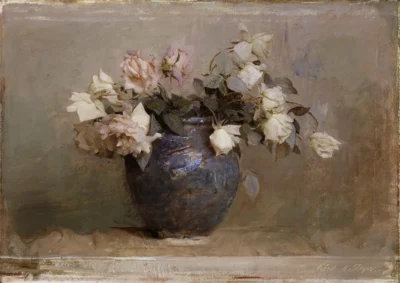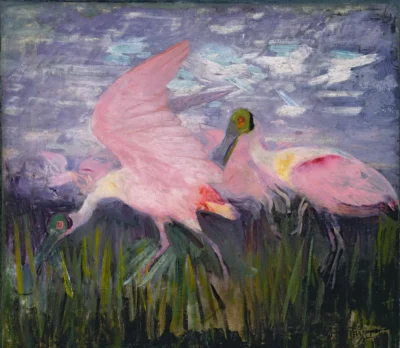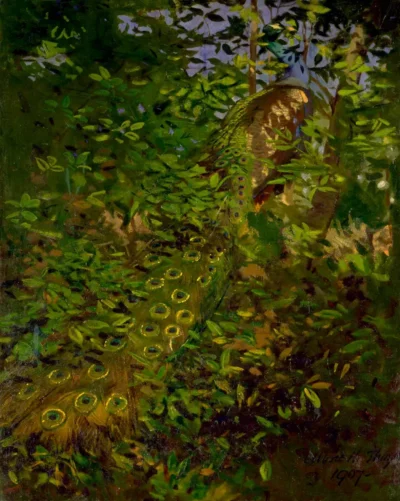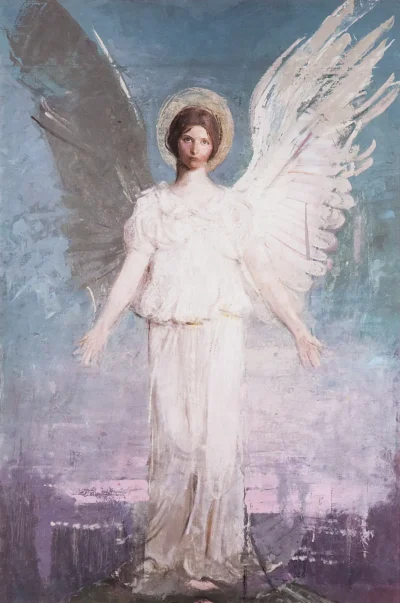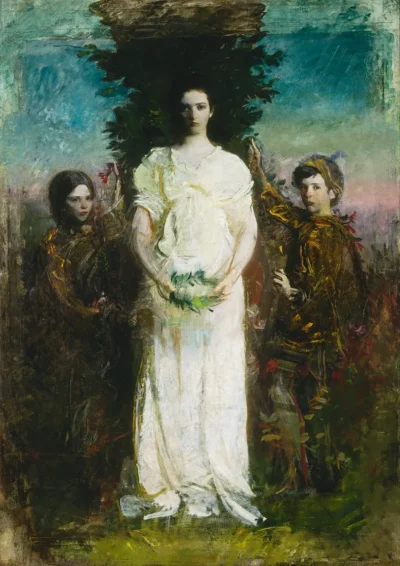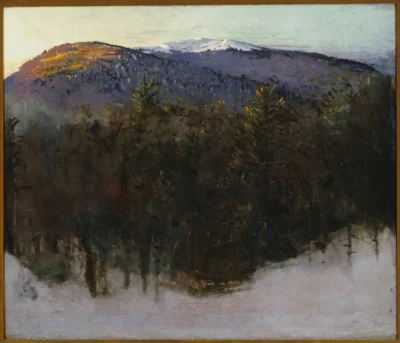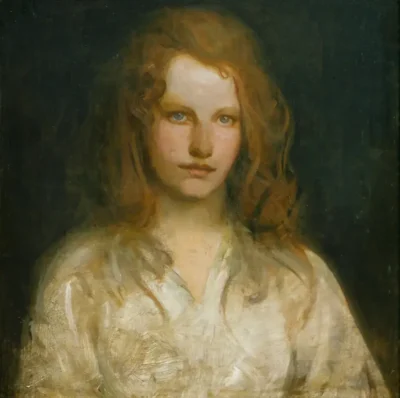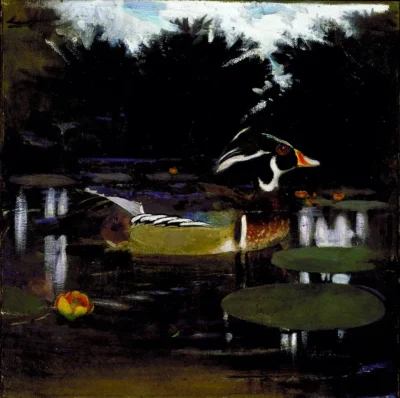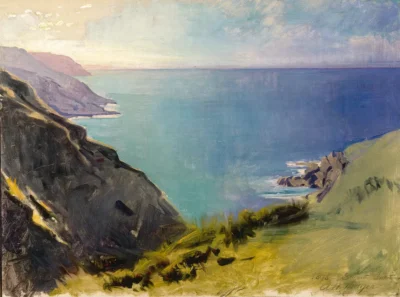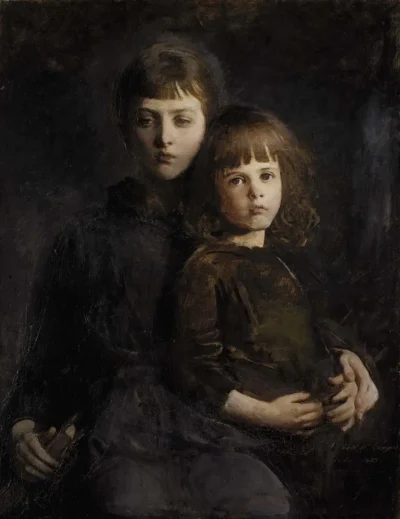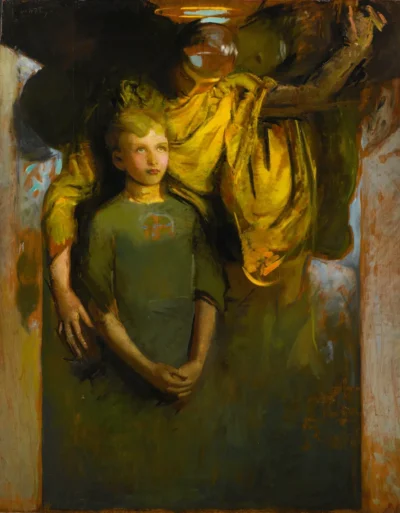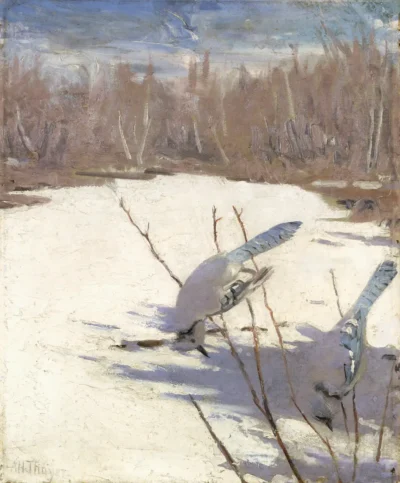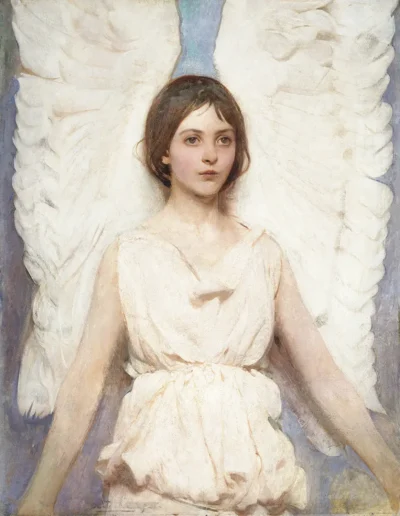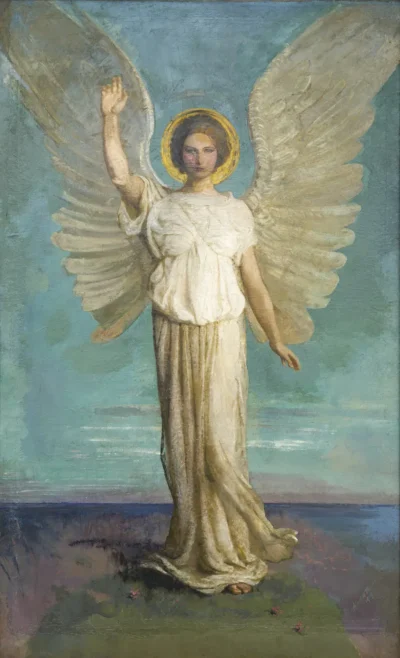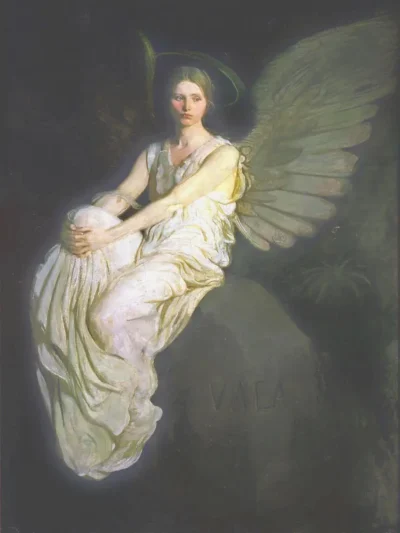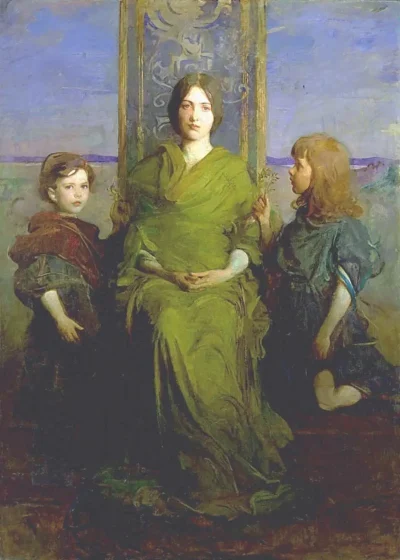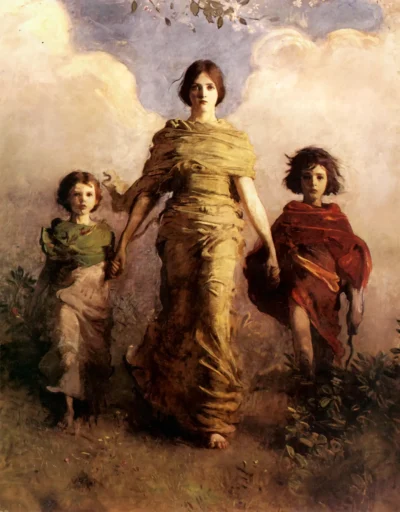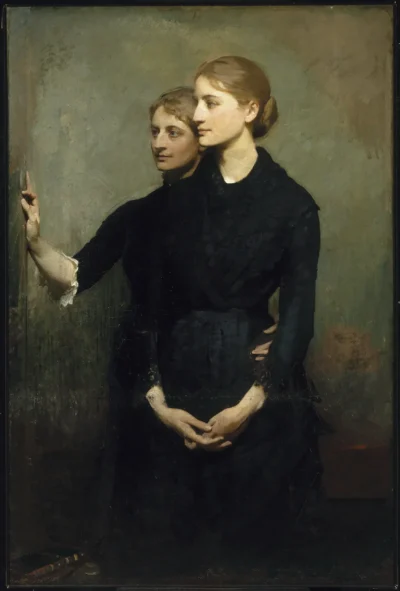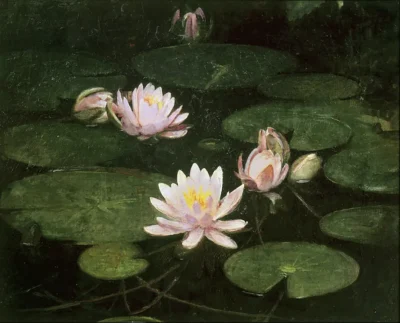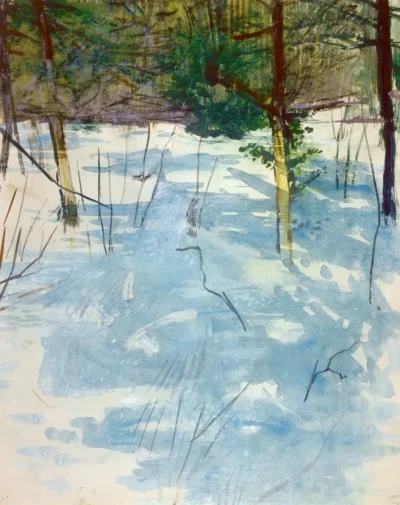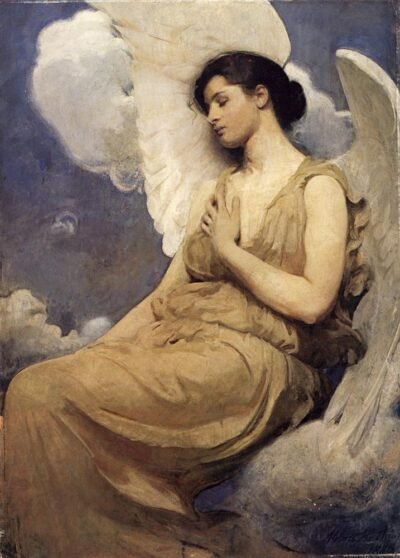Abbott Handerson Thayer
Abbott Handerson Thayer was an American artist, naturalist, and painter, known as the “father of camouflage” for his pioneering theories on protective coloration in nature. Some key facts about him:
• Thayer was born in 1849 in Boston, Massachusetts.
• Thayer studied at the National Academy of Design and the École des Beaux-Arts in Paris.
• Thayer started as an animal and portrait painter, later focusing on depictions of women and winged figures in landscapes. His paintings are characterized by diffuse light and atmospheric effects.
• Thayer became fascinated by protective coloration in nature, especially the COUNTershading of animals. He argued that animals are darker on their upper parts and lighter on their undersides so as to neutralize the effects of light and shadow. This makes them less visible to predators.
• Thayer applied these theories during World War I as a member of the U.S. Army Camouflage Corps, helping to camouflage equipment and installations. His book Concealing-Coloration in the Animal Kingdom published with his son Gerald Thayer in 1909 laid out his theories on camouflage.
• Thayer’s artworks are in the collections of major museums like the Metropolitan Museum of Art, the Smithsonian American Art Museum, and the Museum of Fine Arts, Boston.
• Thayer died in 1931 at the age of 82 in Dublin, New Hampshire.
• Thayer is regarded as a pioneer in the laws of protective coloration and shaped modern camouflage techniques. His theories and artworks have influenced art and military camouflage.
Artists Names
Famous Artists
> Alfred Sisley
> Camille Pissarro
> Caravaggio
> Claude Monet
> Diego Velázquez
> Edgar Degas
> Édouard Manet
> Eugène Delacroix
> Francisco de Goya
> Henri de Toulouse-Lautrec
> Isaac Levitan
> Ivan Shishkin
> Jean Auguste Dominique Ingres
> Jean-Baptiste-Camille Corot
> John Singer Sargent
> John William Waterhouse
> Joseph Mallord William Turner
> Lawrence Alma-Tadema
> Leonardo da Vinci
> Michelangelo
> Paul Cézanne
> Paul Gauguin
> Peter Paul Rubens
> Pierre-Auguste Renoir
> Raphael Sanzio
> Rembrandt Van Rijn
> Vincent van Gogh
> William-Adolphe Bouguereau
Art Subjects
>Abstract Oil Painting
>African Oil Painting
>Angel Oil Painting
>Animal Oil Painting
>Architecture Oil Painting
>Beach Oil Painting
>Bird Oil Painting
>Black and White Oil Painting
>Boat Oil Painting
>Buddha Oil Painting
>Bunny Oil Painting
>Cartoon Oil Painting
>Cat Oil Painting
>Cityscape Oil Painting
>Coastal Oil Painting
>Contemporary Oil Painting
>Daisy Oil Painting
>Dog Oil Painting
>Eagle Oil Painting
>Fantasy Oil Painting
>Figure Oil Painting
>Floral Oil Painting
>Forest Oil Painting
>Fruit Oil Painting
>Genre Works
>Horse Oil Painting
>Hunting Scenes Oil Painting
>Impressionist Oil Painting
>Jesus Oil Painting
>Landscape Oil Painting
>Modern Oil Paintings
>Mountain Oil Painting
>Music Oil Painting
>Nature Oil Painting
>Nude Oil Painting
>Pet Portrait Oil Painting
>Realistic Oil Painting
>Religious Oil Painting
>Scenery Oil Painting
>Seascape Oil Painting
>Season Oil Painting
>Sport Oil Painting
>Still Life Oil Painting
>Sunset Oil Painting
>Textured Oil Painting
>Tree Oil Painting
>War Oil Painting
>Wildlife Oil Painting
Art Movment
>Abstract Expressionism
>Academic Classicism
>Aestheticsm
>Art Deco
>Art Nouveau
>Barbizon School
>Baroque Art
>Byzantine Art
>Cubism
>Expressionism
>Fauvism
>Hudson River School
>Impressionism
>Mannerism
>Gothic Art
>Modernism
>Nabis
>Neoclassicism
>Neo-Impressionism
>Orientalism
>Pointillism
>Pop Art
>Post Impressionism
>Pre-Raphaelites
>Primitivism
>Realism
>Renaissance
>Rococo
>Romanticism
>Suprematism
>Surrealism
>Symbolism
>Tonalism
>Victorian Classicism
Showing all 24 resultsSorted by popularity
-
Abbott Handerson ThayerRated 0 out of 5
Peacock in the Woods Study for Book Concealing Coloration in the Animal Kingdom
-
Abbott Handerson ThayerRated 0 out of 5
A Winged Figure Seated upon a Rock, the Stevenson Memorial 1903

